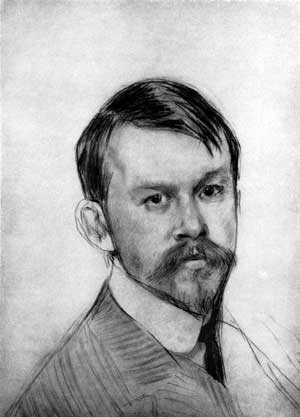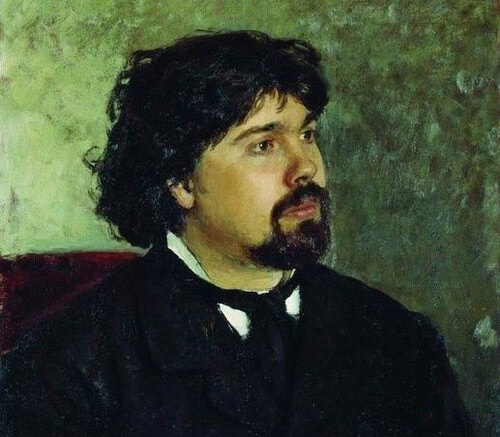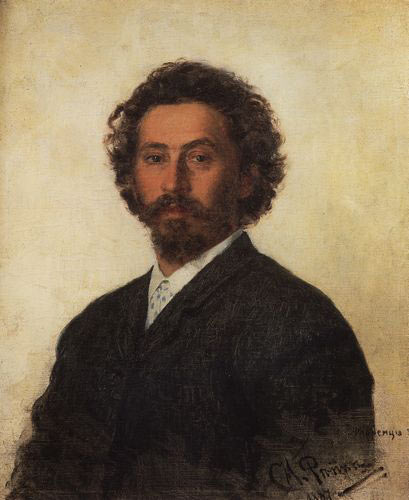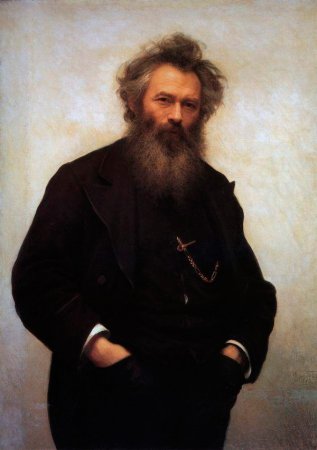Artist Mikhail Vrubel, Paintings and Biography
Vrubel is a Polish surname; however, by the time Mikhail was born, three generations of the artist's ancestors had already lived in Russia, and they chose a military path. Mikhail was left without his mother early, the family moved from place to place, following his father, who was an officer of the Cossack army.
The passion for painting manifested itself early. The father encouraged the hobby of the youngest son in every possible way, taking him to classes in art schools and studios. When it came to choosing the profession, the future master completely followed the will of his father, who believed that the future of his son should be associated with "benefits for society." Vrubel joined the Faculty of Law at St. Petersburg University.
The future artist graduated from the university, but did not work as a lawyer for a single day. He went through all the difficulties of a year's military service and, against his father's wishes, entered the Academy of Arts.
Vrubel acquainted with the artists while still a law student. Mikhail used to spend every free hour in the Hermitage, studying the works of great masters. In the artistic "get-together" of St. Petersburg, he became his own, managing to study not only in the academy classes, but also in the workshops of his friends.
Vrubel's teachers noted his keen sense of form and color, as well as ability to convey the most complex texture. His principal teacher, Chistyakov, considered Mikhail the most talented of his students. It was this professor who recommended the young master for the restoration of frescoes in a medieval monastery located close to Kiev.
The Kiev period of Vrubel's life was closely connected with the study of the canons of Byzantine painting. The artist worked with rapture, forgetting about everything in the world. But soon the hobby gives way to thrashing about. The master quits his job and leaves Kiev, but then comes back and starts the restoration. Such a behavior could not leave the customer pleased. Financial problems added to the creative rush.
The artist brought his own understanding of biblical subjects into his works. The church refused his services, and only after his death they recognized his correctness and the philosophical interpretation of church murals.
After the Kiev period, the Moscow period of the artist’s life begins. Vrubel's works are not popular and he has no customers. A fortunate meeting with the famous philanthropist Savva Morozov allows the artist to partially solve financial problems.
During that period, the master was occupied with a demonic theme. His series of "demons" is still considered the most famous works of the master, and a textbook for modern art at the turn of the 19th and 20th centuries.
Despite the undeniable genius and innovation of his works, it is already possible to discern in them the signs of the disease that will interrupt the artist's creative activity.
Mamontov's patronage allows Vrubel to work actively in his own manner, regardless of the tastes of the public. The artist designs several opera performances, tries his hand at architecture, ceramic plastics. Critics often spoke harshly and undeservedly derogatory about Vrubel's works.
The 20th century brought two great tragedies to the master: his father dies, and then the long-awaited son is born having a serious defect - a cleft lip. The most severe creative depression was added to personal tragedies.
In 1902, the artist was placed in a psychiatric clinic. His condition was constantly deteriorating and his relatives and friends were preparing for the worst. However, the efforts made by the Professor Bekhterev were successful. A year later, Vrubel went on vacation to the Crimea. And, even though he practically cannot work, there is hope for recovery. Hope collapsed at one point when Vrubel lost his son.
Small periods of clarification, followed by madness... The last event that the master was able to perceive was his election as an academician in 1905.
For the next five years, the artist only existed but not lived, being a constant patient of various clinics.
Comments (0)
Top
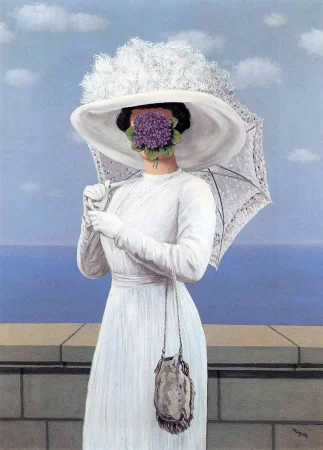 Painting The Great War, Rene Magritte - Meaning and Analysis
Painting The Great War, Rene Magritte - Meaning and Analysis
The Great War - Rene Magritte. Canvas, oil. 81 x 60 cm...
10.10.23
1 492
0
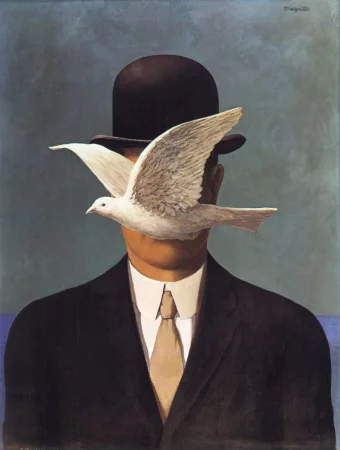 The man in the bowler hat, Rene Magritte
The man in the bowler hat, Rene Magritte
The man in the bowler hat - Rene Magritte. Canvas, oil. 70 x 50 cm...
06.09.23
3 270
0

